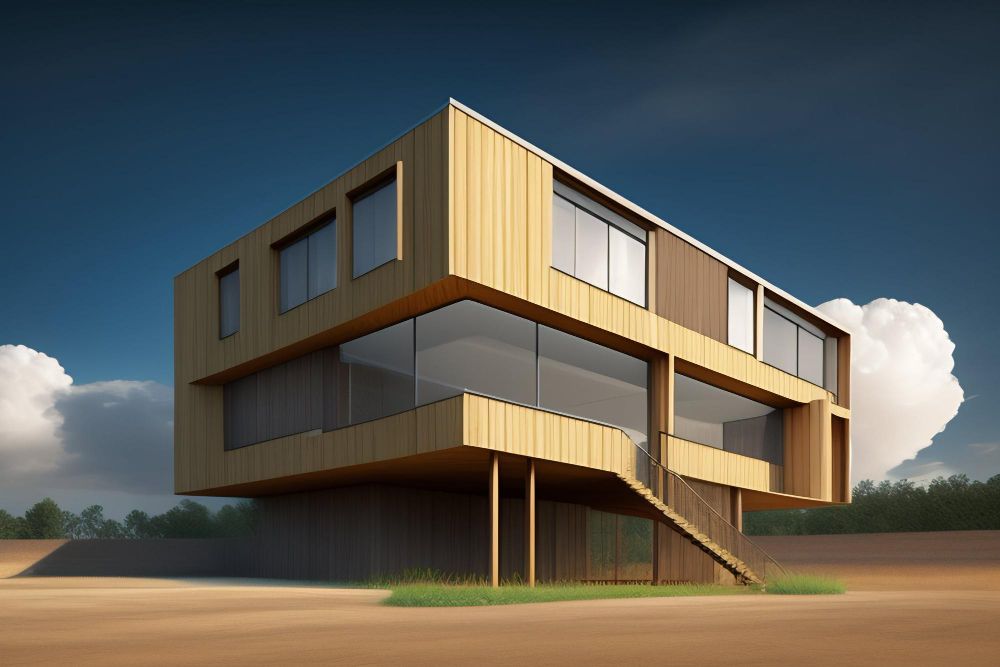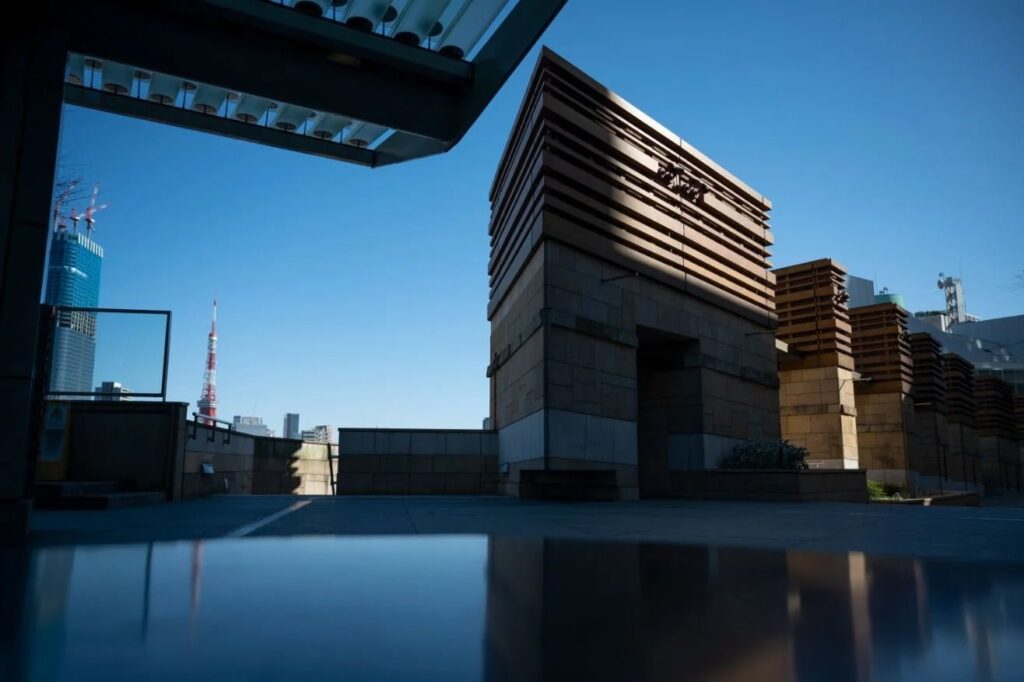It’s About Time…We can’t wait for Enterprise, and Enterprise won’t wait.
Time is Money, and Money is Time: so if, like me, you’ve ever been involved in starting up a new business, you’ll know just how frustrating the early days of any enterprise can be. Finding the right office space for a start and then navigating your way painfully through the Delphic mysteries of a commercial […]
It’s About Time…We can’t wait for Enterprise, and Enterprise won’t wait. Read More »









